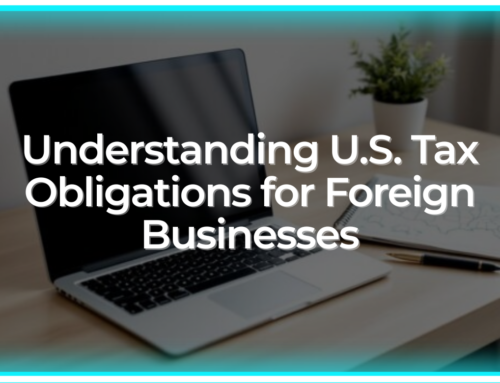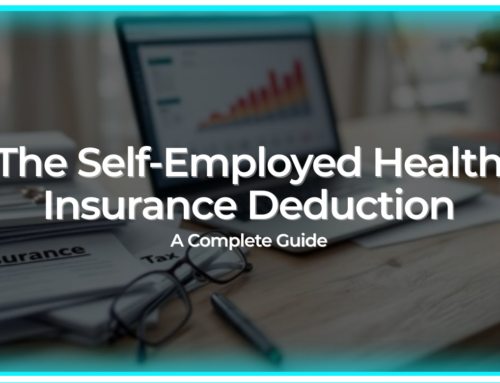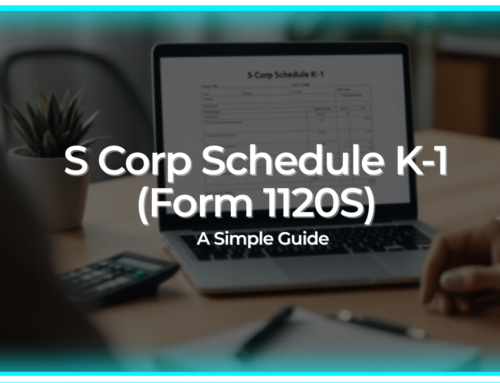Hi everyone, I’m Bette Hochberger, CPA, CGMA. Happy Monday! Today, I want to discuss some recent news regarding the IRS’s updated 2023 Form 1099-K reporting requirements.
So, the Internal Revenue Service (IRS) has recently announced significant changes to the Form 1099-K reporting requirements for third-party payment organizations. I’m here to break down these changes and what they mean for taxpayers, especially those involved in e-commerce and online marketplaces.
What’s Changing with Form 1099-K in 2023
The IRS, following extensive feedback from taxpayers, tax professionals, and payment processors, has decided to delay the implementation of the new $600 reporting threshold for Form 1099-K for the 2023 tax year. This decision aims to reduce confusion and ensure a smoother transition to the new requirements stipulated under the American Rescue Plan.
Current Threshold Remains for 2023
For tax year 2023, the existing thresholds for Form 1099-K remain in effect. This means that third-party payment platforms like popular payment apps and online marketplaces are only required to issue Form 1099-K to users who have over $20,000 in transactions and more than 200 transactions in a year.
Looking Ahead: $5,000 Threshold in 2024
In preparation for tax year 2024, the IRS is planning to implement a $5,000 threshold. This phased approach allows the IRS to refine its operational processes and address concerns from various stakeholders more effectively.
Implications for Taxpayers
It’s important to note that this change in reporting threshold does not alter the underlying tax law. All income, irrespective of the amount, is taxable unless explicitly excluded by law. This holds true whether or not a Form 1099-K is issued. Taxpayers should remain vigilant and report all income on their tax returns.
Who Will Receive Form 1099-K
The Form 1099-K impacts a wide range of individuals and businesses. It includes not only those with side hustles and small businesses but also crafters and sole proprietors. Even casual sellers on online platforms could receive this form, particularly if they engage in significant transactions.
Understanding Sales at a Loss
An interesting aspect of the Form 1099-K is its application to sales of personal items, even at a loss. While selling personal items at a loss is not taxable, it might still trigger the issuance of a Form 1099-K under the current rules.
Navigating Form 1099-K Reporting
The IRS offers resources to help taxpayers understand and appropriately report the information on Form 1099-K. Taxpayers should review these forms carefully, verify the accuracy of reported amounts, and understand any deductible expenses. Additionally, the form’s reporting may vary depending on the nature of the transaction.
Special Considerations for Personal Item Sales
For those who have sold personal items at a loss, the IRS provides two options for reporting:
- Reporting on Schedule 1 (Form 1040): This involves reporting the gross payment amount and then offsetting it with an adjustment, resulting in a zero net effect on your adjusted gross income.
- Reporting on Form 8949: This applies to sales of personal items at a gain, where the gain needs to be reported as taxable income.
Exclusions from Reporting
It’s also important to understand what shouldn’t be reported. Personal transactions like birthday gifts, sharing costs of a car ride, or household bills are not taxable and should not be reported on Form 1099-K.
The IRS’s decision to delay the new reporting threshold for Form 1099-K to 2024 and maintain the current threshold for 2023 is a significant development.
I hope you learned something new today! As always, stay safe, and I will see you next time.







